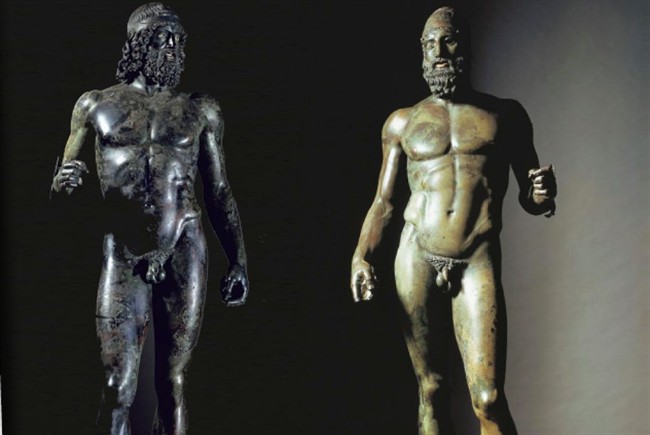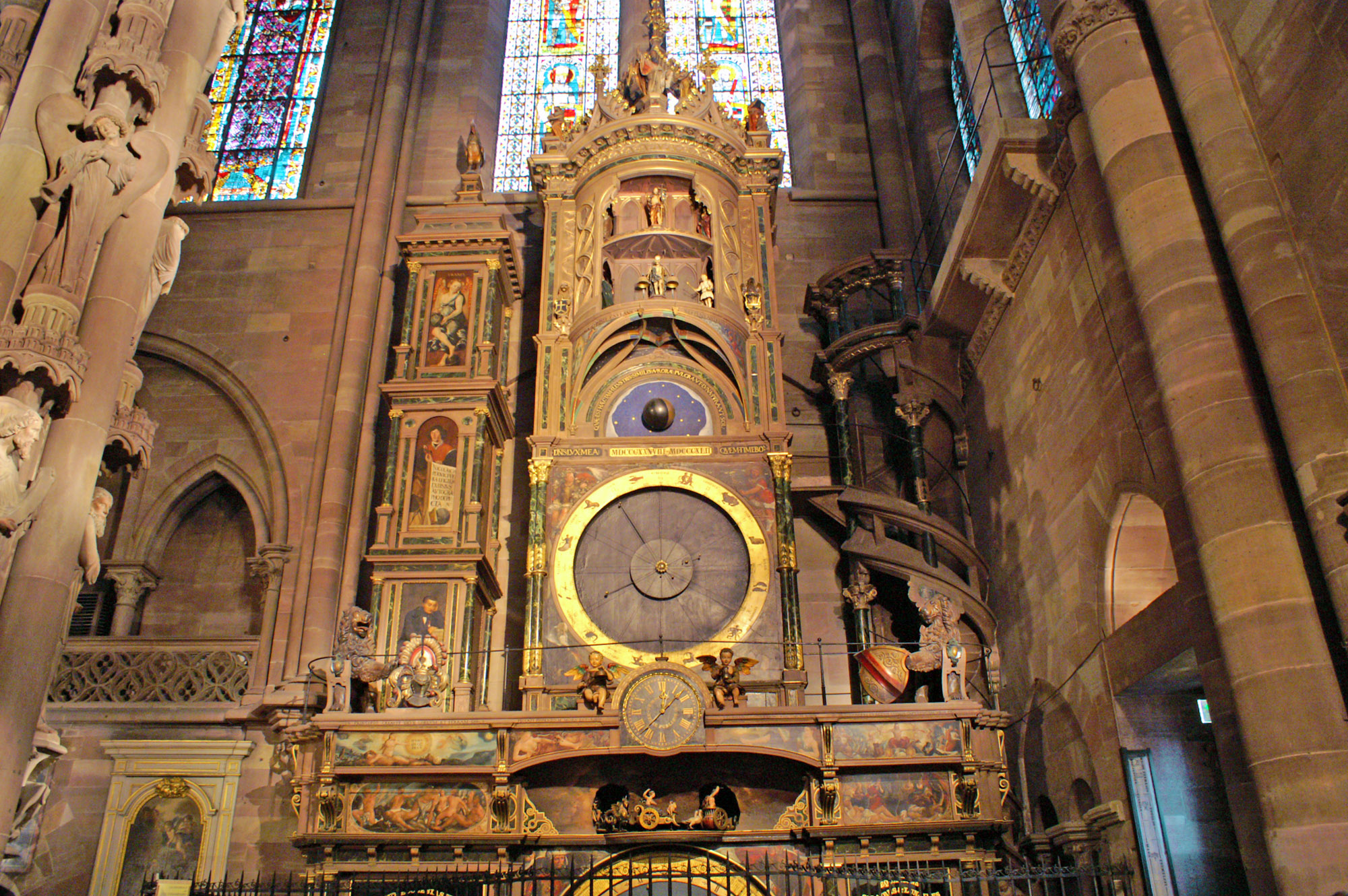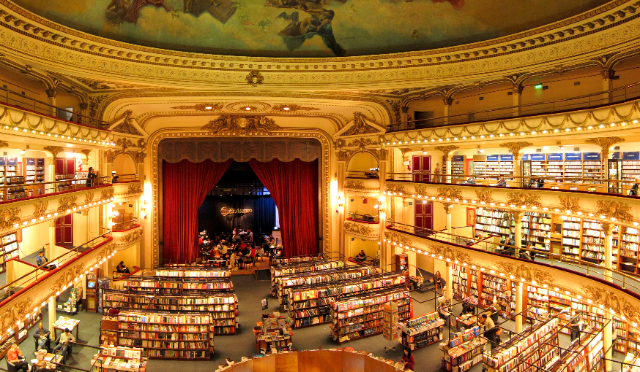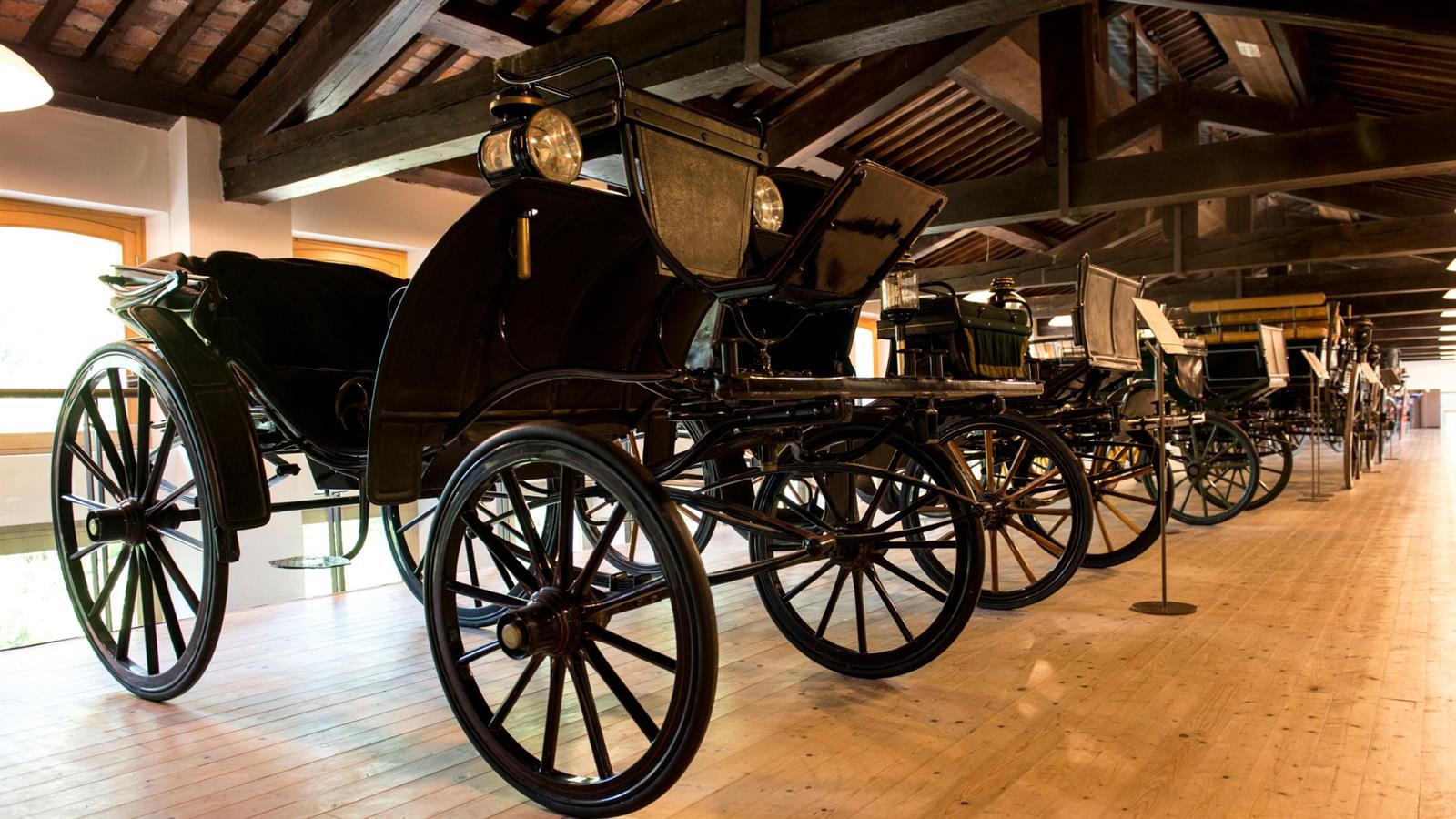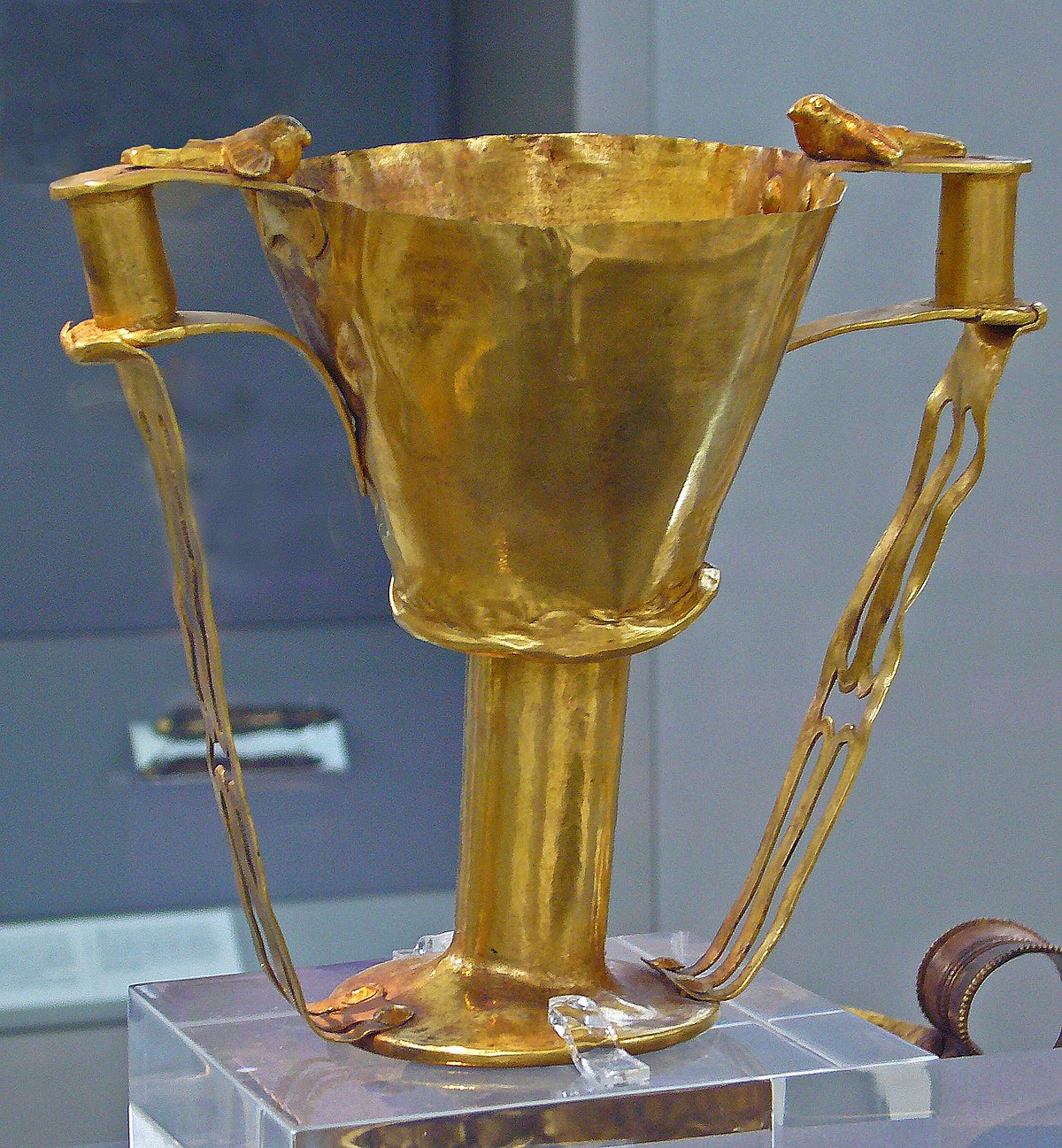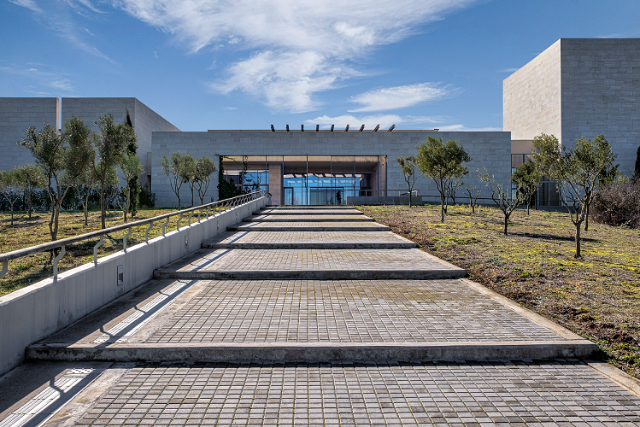The two sculptures were found in the Ionian Sea, 300 meters off the coast of Riace in the province of Reggio Calabria, in 1972. The exceptional nature of the find was immediately clear, given the few original statues that have come down to us from Greece.Stylistic and scientific analysis of the materials and casting techniques have both determined the substantial difference between the two statues: they are to be attributed to two different artists and two distinct eras. Today’s attribution, based on stylistic comparisons possible today, is to date the two statues-one to 460 B.C., in the Severan period; the other to the Classical period, and more precisely to about 430 B.C.
The statues were most likely made in Athens and were removed from there to be taken to Rome, perhaps destined for the house of some wealthy patrician. But the boat carrying them had to sink, and the precious cargo ended up submerged in the sand at a depth of about 8 meters. It cannot be ruled out that an attempt at recovery was already made at the time, which went unsuccessful so that the statues remained stuck in the seabed for about two thousand years before they returned to show us all their splendor.
The two statues, named "A" and "B," and renamed in Reggio as "the young man" and "the old man," are 1.98 and 1.97 m tall, respectively, and their weight, originally 400 kg, has now decreased to about 160 kg, by virtue of the removal of the casting earth.
On the two statues, although still the subject of speculation, scientific and otherwise, some firm points can be stated:
1) The two statues are bronze, with a very tenuous thickness, except for some silver, calcite and copper details. The teeth of Statue A are made of silver. In copper are the nipples, lips and eyelashes of both statues, as well as the traces of a cap on the head of Bronze B. In white calcite is the sclera of the eyes, whose irises were made of glass paste, while the lacrimal caruncula is of a pink-colored stone.
2) The Riace Bronzes are original works from the mid-5th century B.C., with such striking similarities between them that it is certain they were designed and made by the same master.
3) Their style excludes Attic workmanship, but refers back to Doric stylistic features peculiar to the Peloponnese and the Greek West.
4) Regarding the chronological differences noted by many scholars, one cannot fail to recognize how, except for the abdominal area and the rendering of the face, the rest of the body of the two statues is strikingly similar, with details that make it certain that they were made by the same hand of artist. This observation leads one to consider the two statues as coeval.
5) The two statues have been visible for many years. In Roman times Bronze B was damaged: it resulted in the breakage of the right arm, of which, a unique fact to our knowledge, a second casting was made after an accurate cast was made.
6) The two statues were certainly made in Argos, in the Peloponnese, as the examination of the casting soils carried out by the Central Institute for Restoration in Rome has shown.
7) Of the two statues, although they have been on display a long time, we have no marble copies except one from Rome, now in the Brussels Museum, in Pentelic marble, headless and mutilated of all limbs. The compositional rhythm seems to be that of the Riace statue, but the lack of all limbs and head does not seem to us to have all the trappings of absolute safety.
8) The two statues depict two hoplites, indeed a hoplite (Bronze A) and a warrior king (Bronze B).
9) The two Riace Bronzes were executed to be seen together, being deliberately similar, if also different. In this light, it seems unlikely that an artist, in having to make a group of a few statues, would make them all similar, without playing on the different attitudes of the characters depicted.
10) To these certainties, it seems to us that a corollary may be the hypothesis that, since this is a group of statues placed in Argos, as evidenced by the casting lands, it has to do with the myth of the Seven at Thebes, narrated by many ancient poets and tragedians, which stands as the Argivian "national myth," while elsewhere the seven leaders never received public worship as heroes.
